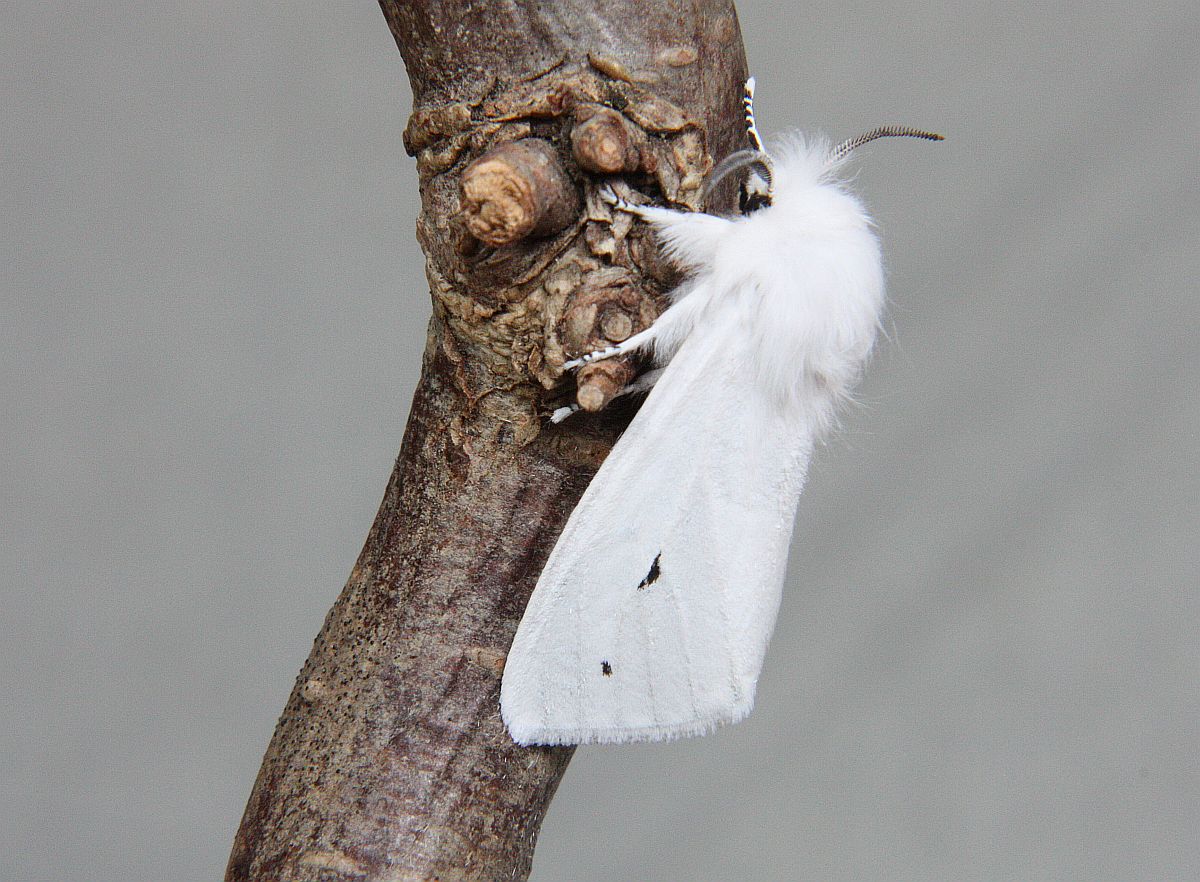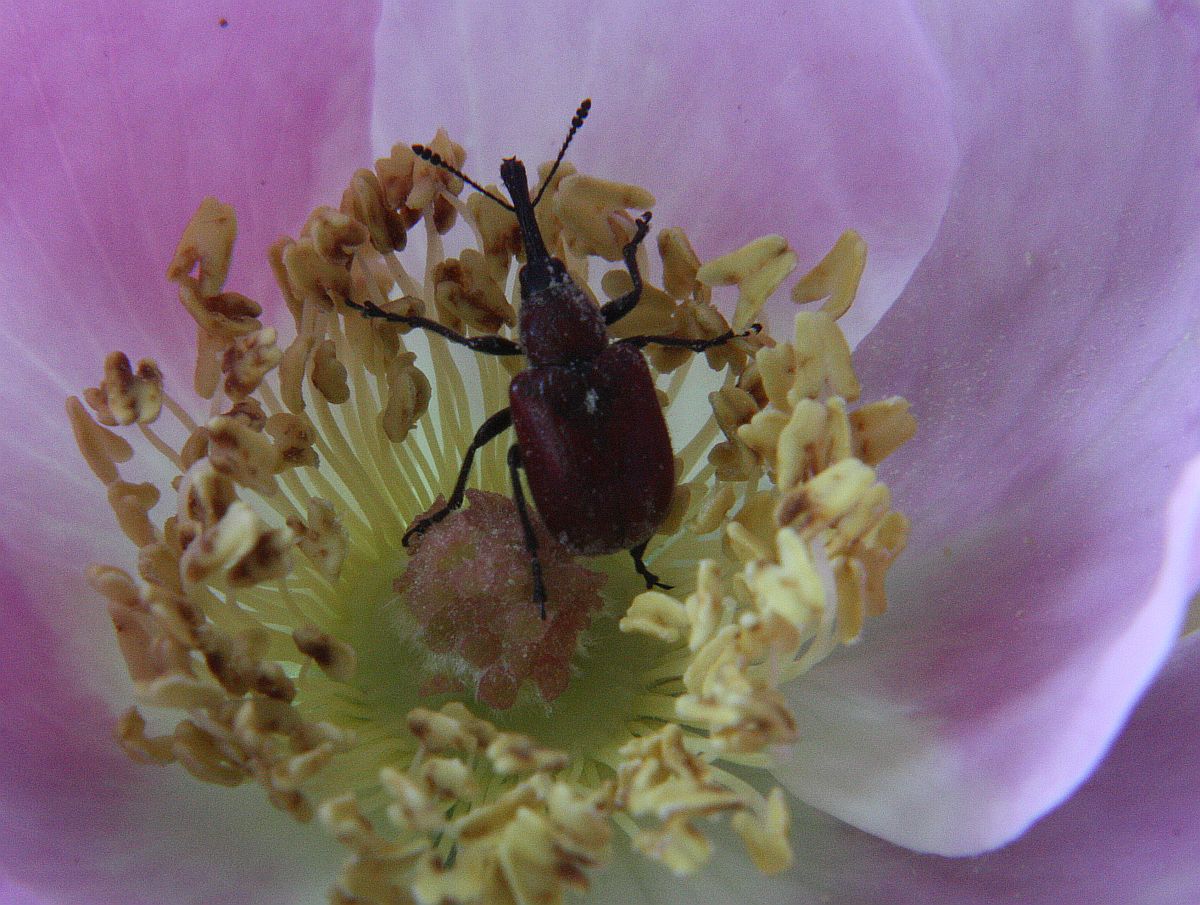2015 May 25
Aziza Cooper writes:
Hello, butterfly observers,
Attached is a list of butterflies of the Victoria checklist area which uses bars and symbols to show the flight periods and frequency of occurrence. It was compiled by Steve Ansell from data from the late 1990s, so there have been various changes since then in taxonomic order, accepted names, splits, declines and newly observed species.
Even though it’s not up to date, it’s a useful list to consult to determine the species likely to be seen throughout the butterfly season. Steve has generously made it available to us, and he says:
If anyone would like to bring it more up to date with new content and/or formatting, please feel free!
Sounds like a great project! Thanks very much to Steve.
Aziza

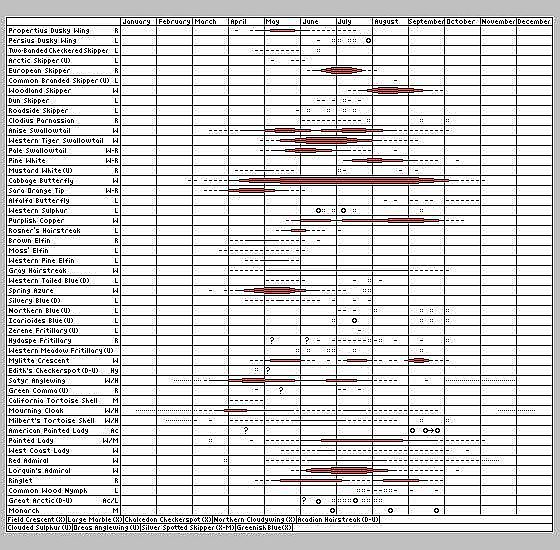
Legend:
Dotted line: Hibernating species – may occasionally be seen on a warm winter day
Dashed line: Rare – has occurred, but may not always be found
Solid line: Uncommon – usually able to find a small number of individuals
Single red bar: Common – should always be present in moderate numbers
Double red bar: Very Common – present in moderate to large numbers
Triple red bar: Abundant – always present in large numbers
Large circle: Single record – migrant or stray
Four dots: Record from nearby region outside the checklist area, typically up-Island or higher elevations
Question mark: Uncertain record
Habitat
L: Local – found only in a limited number of locations
R: Restricted – found only in a specific habitat
W: Widespread – found over a variety of habitats
Status
X: Extirpated – no longer found in the area
D: Declining – population has declined significantly in recent years
U: Uncertain – status within the checklist is not well known
Hy: Hypothetical – no recent confirmed records
M: Migrant – only occurs as a migrant in the area
Thank you to Derrick Marven, Jeremy Tatum, Jeff Gaskin and others for their contributions.
Julie Michaux sends photos of a female giant sawfly, often known as the Elm Sawfly (though not restricted, I think, to elm) taken by her friend Lindsay Critchley at the Cedar Hill Duck Pond (King’s Pond?) on May 18; and a Bald-faced Hornet from Julie’s garden on Old West Saanich Road.
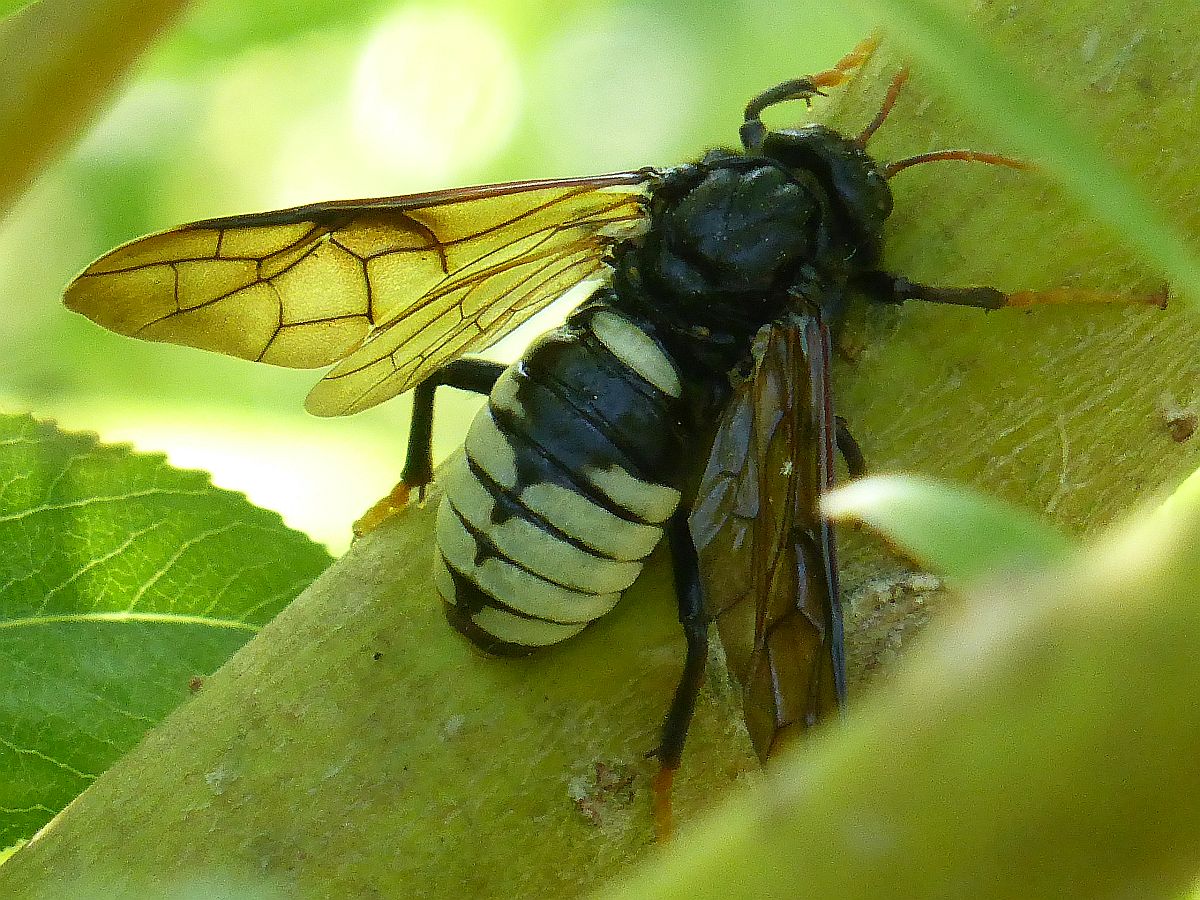
Giant sawfly Cimbex americana (Hym,: Cimbicidae) Lindsay Critchley
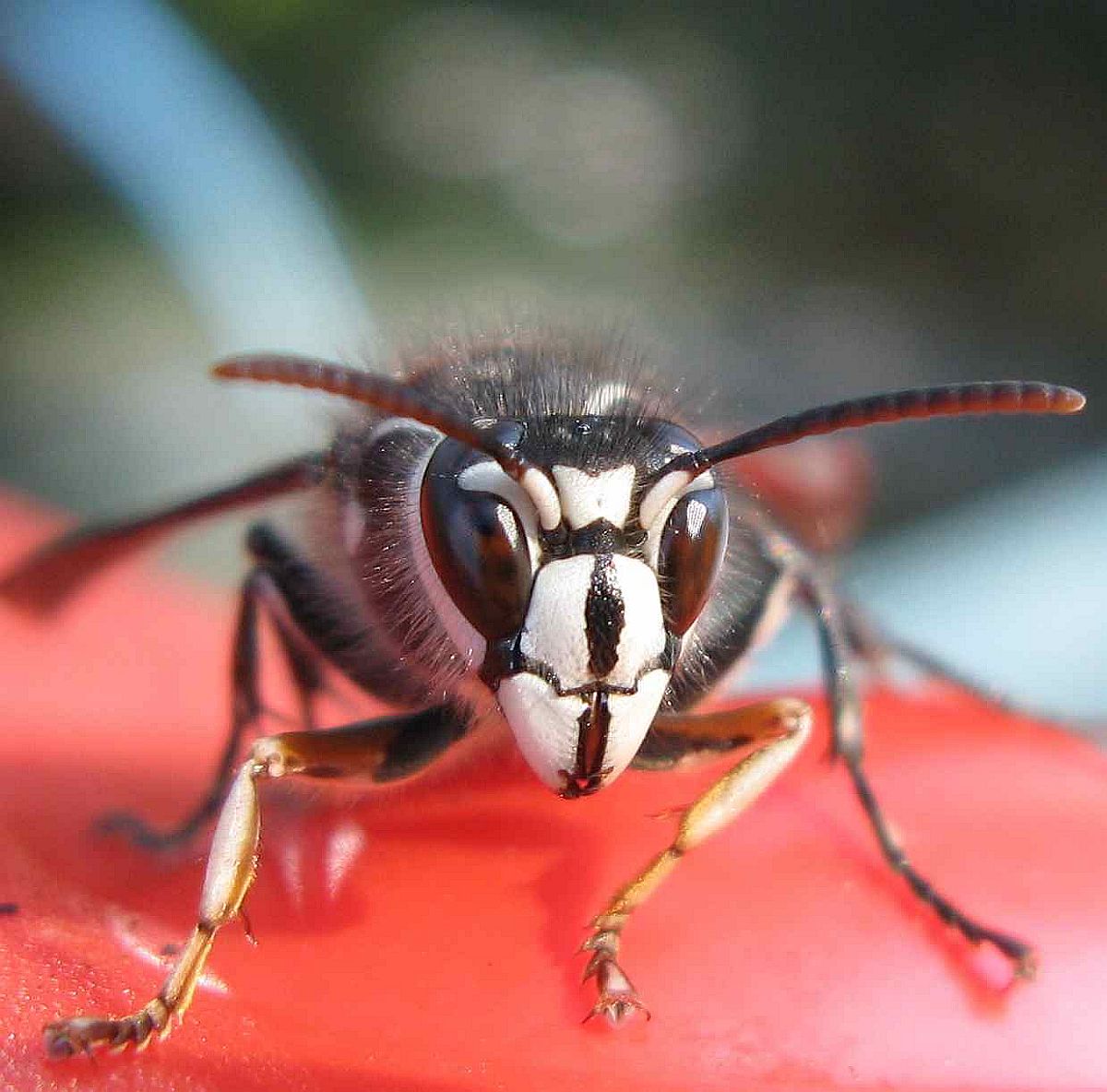
White-faced Hornet Vespula maculata (Hym.: Vespidae) Julie Michaud
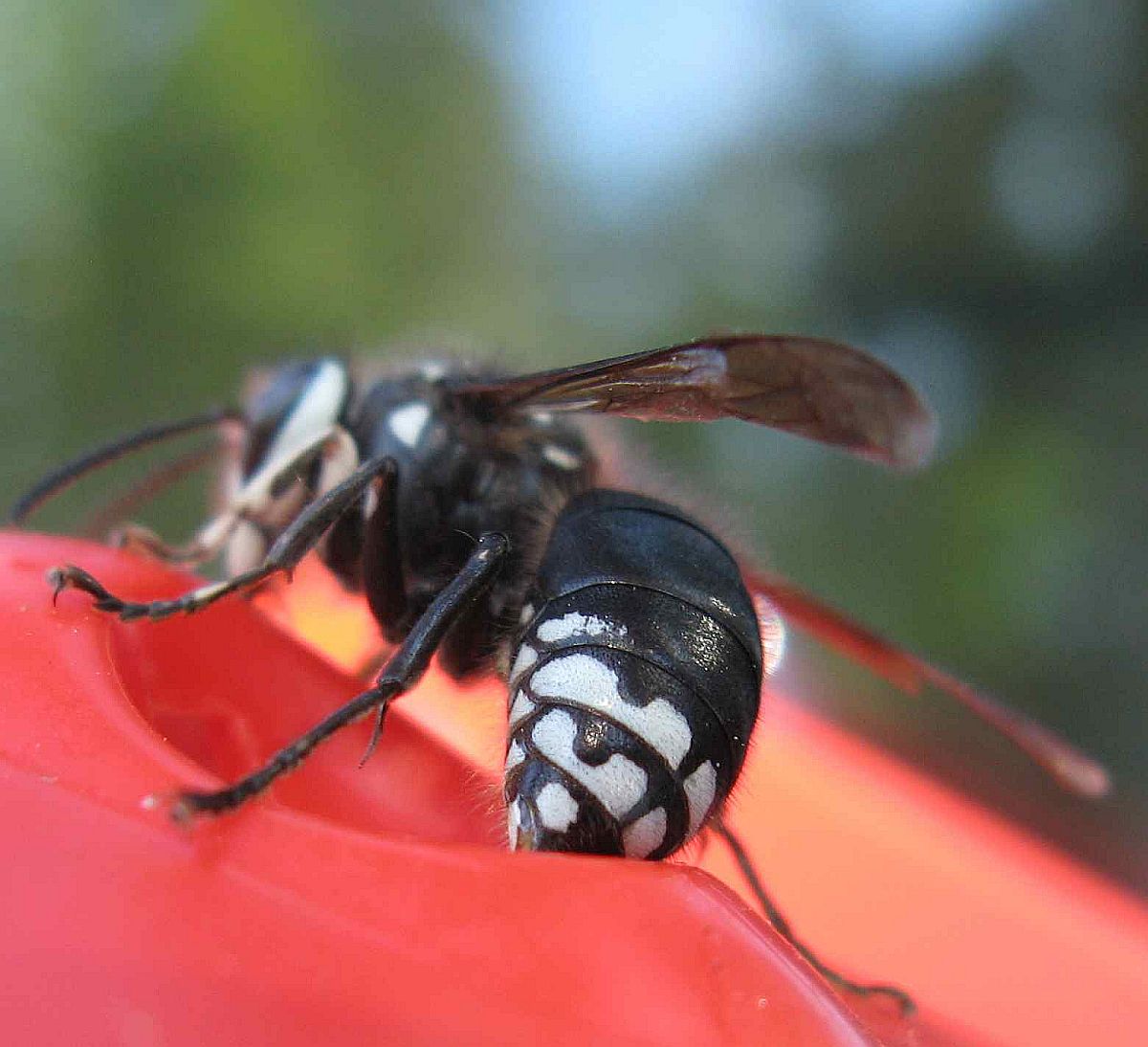

White-faced Hornet
Vespula maculata (Hym.: Vespidae) Julie Michaud
D. L. Parker sends a photograph of a Polyphemus Moth from his door today.
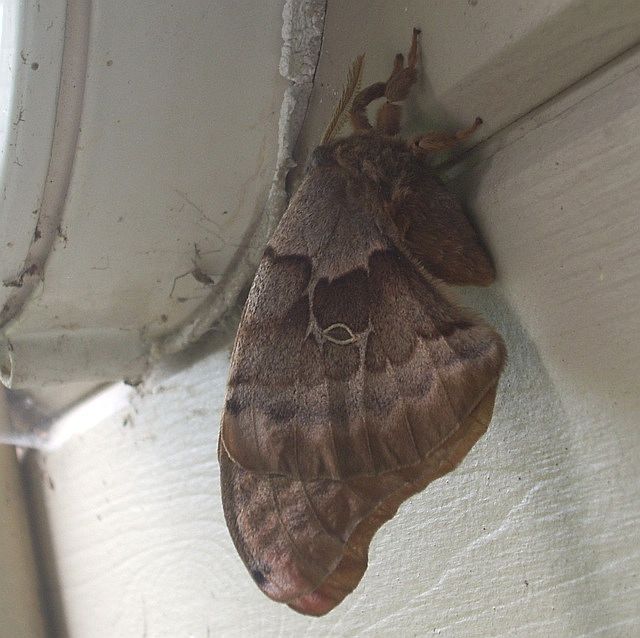
Polyphemus Moth Antheraea polyphemus (Lep.: Saturniidae) D. L. Parker
Annie Pang reports a Western Tiger Swallowtail at Gorge Park today, and three Cabbage Whites in nearby Obed Avenue. However, she comments on an apparent paucity of Western Tiger Swallowtails this year. Several Pale Tiger Swallowtails (I don’t know why Cris omits the “Tiger” from this Pterourus) have been reported this year, but Jeff Gaskin has also commented on the small number of Westerns, and I have noticed it, too. It is a little early in the season, but there should be some around by now. I wonder if others share this impression.
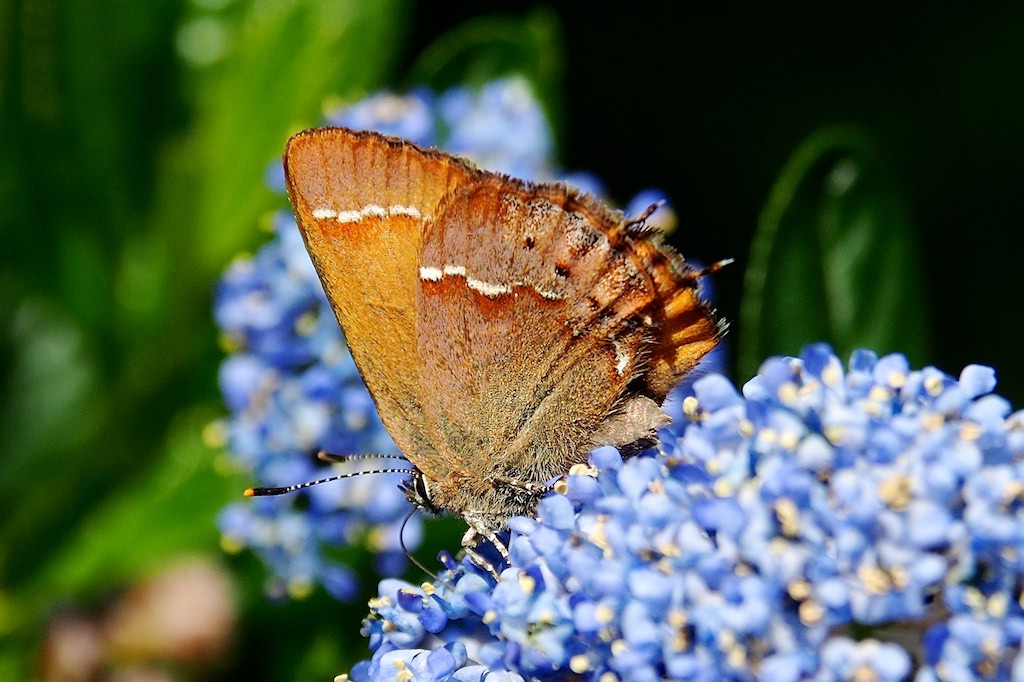
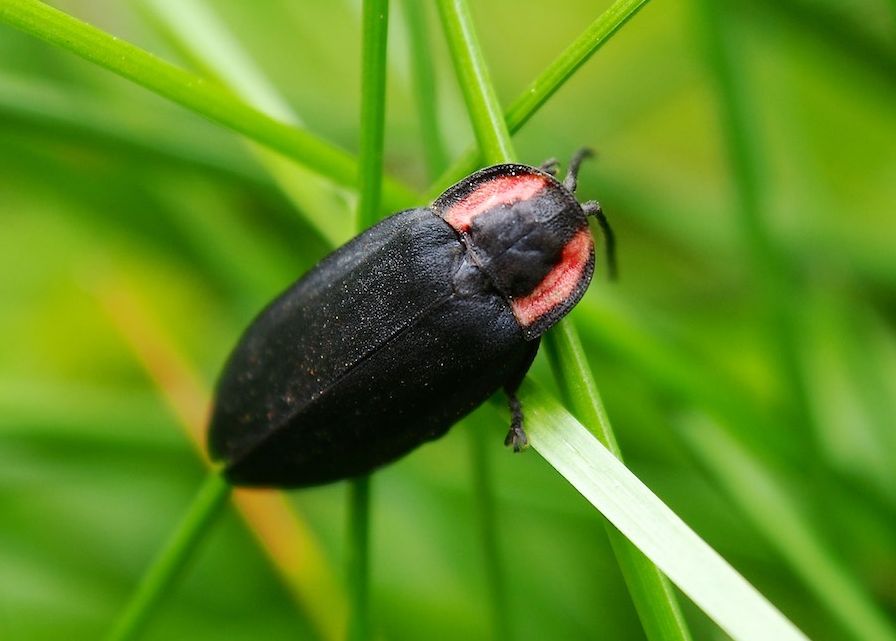
 Ellychnia sp.: (Col.: Lampyridae) Gordon Hart
Ellychnia sp.: (Col.: Lampyridae) Gordon Hart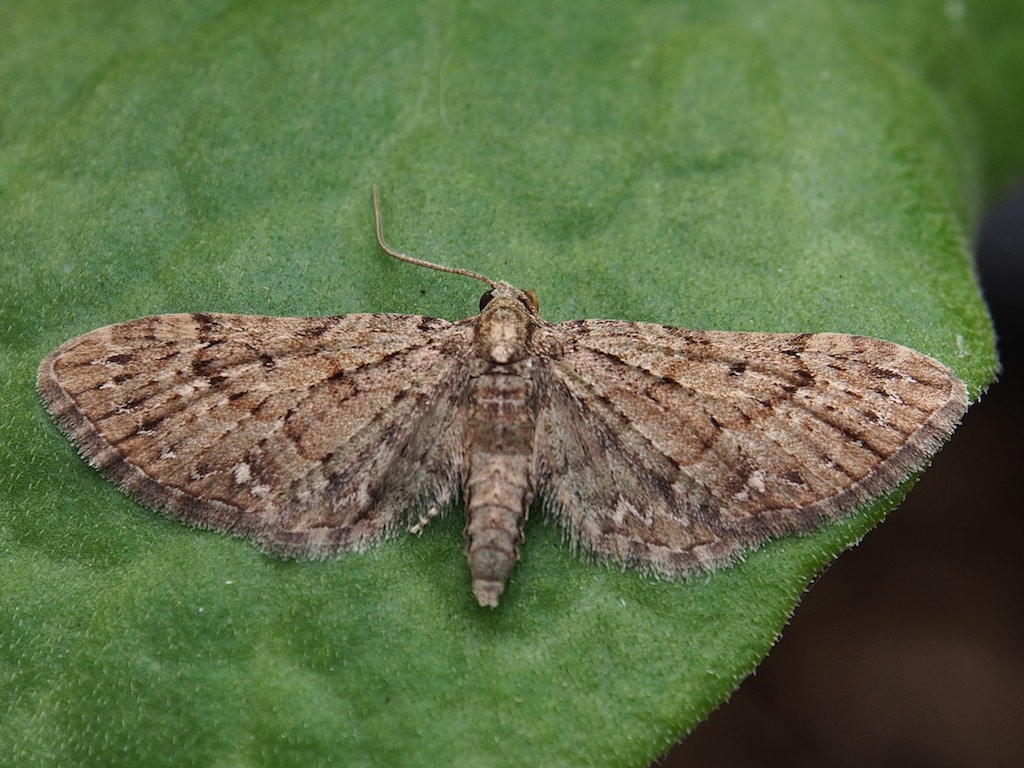
 Eupithecia sp. (perhaps annulata) (Lep.: Geometridae) Gordon Hart
Eupithecia sp. (perhaps annulata) (Lep.: Geometridae) Gordon Hart
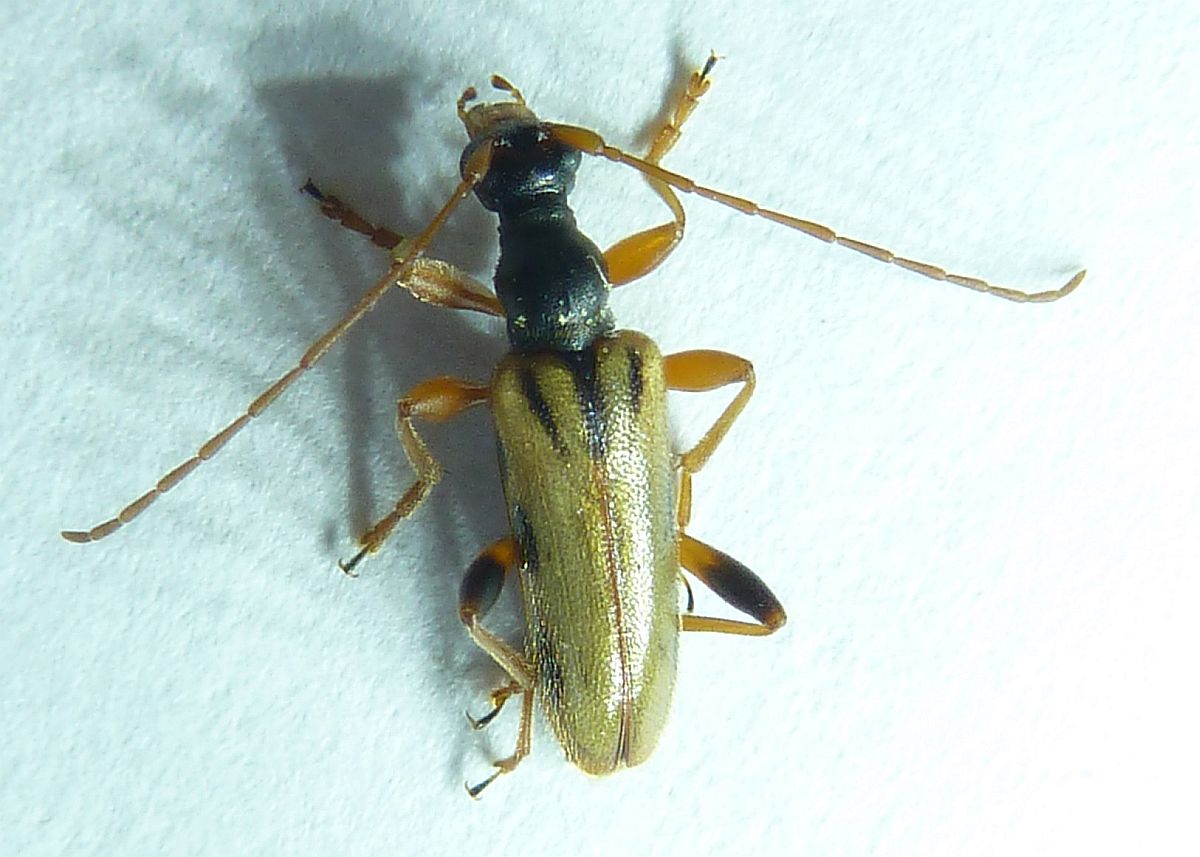
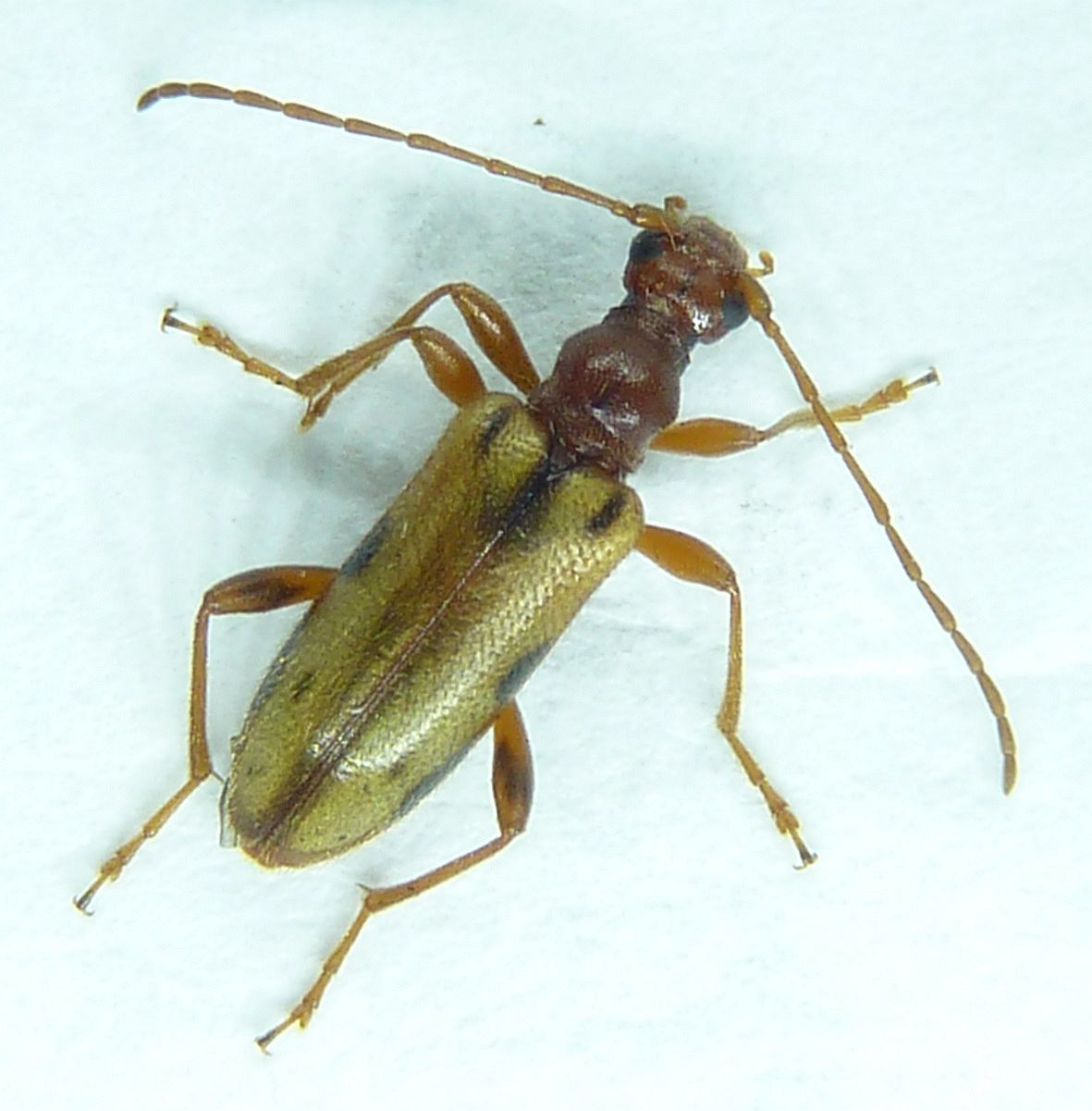
 Pidonia scripta (Col.: Cerambycidae) Scott Gilmore
Pidonia scripta (Col.: Cerambycidae) Scott Gilmore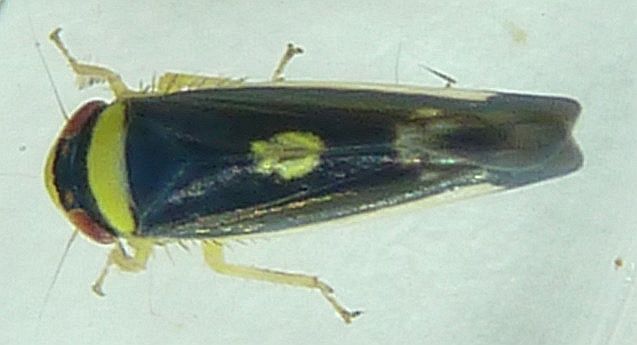


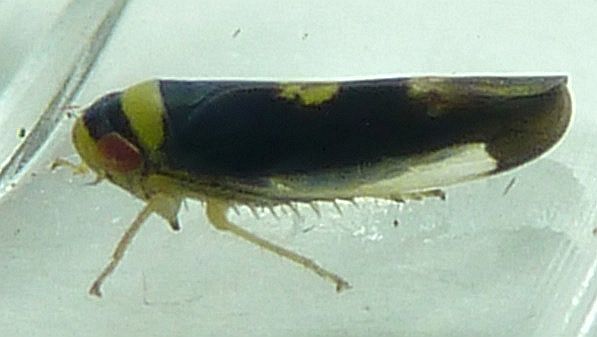

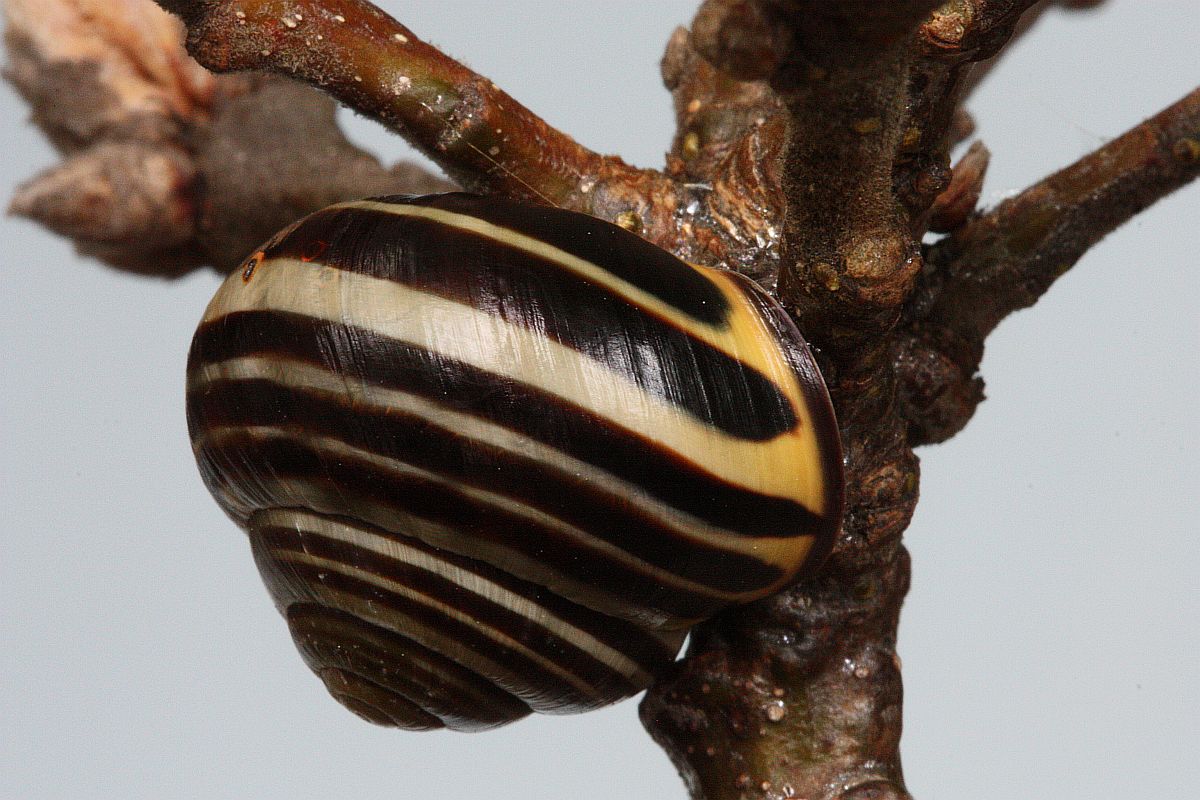
 Cepaea nemoralis (Pul.: Helicidae) Jeremy Tatum
Cepaea nemoralis (Pul.: Helicidae) Jeremy Tatum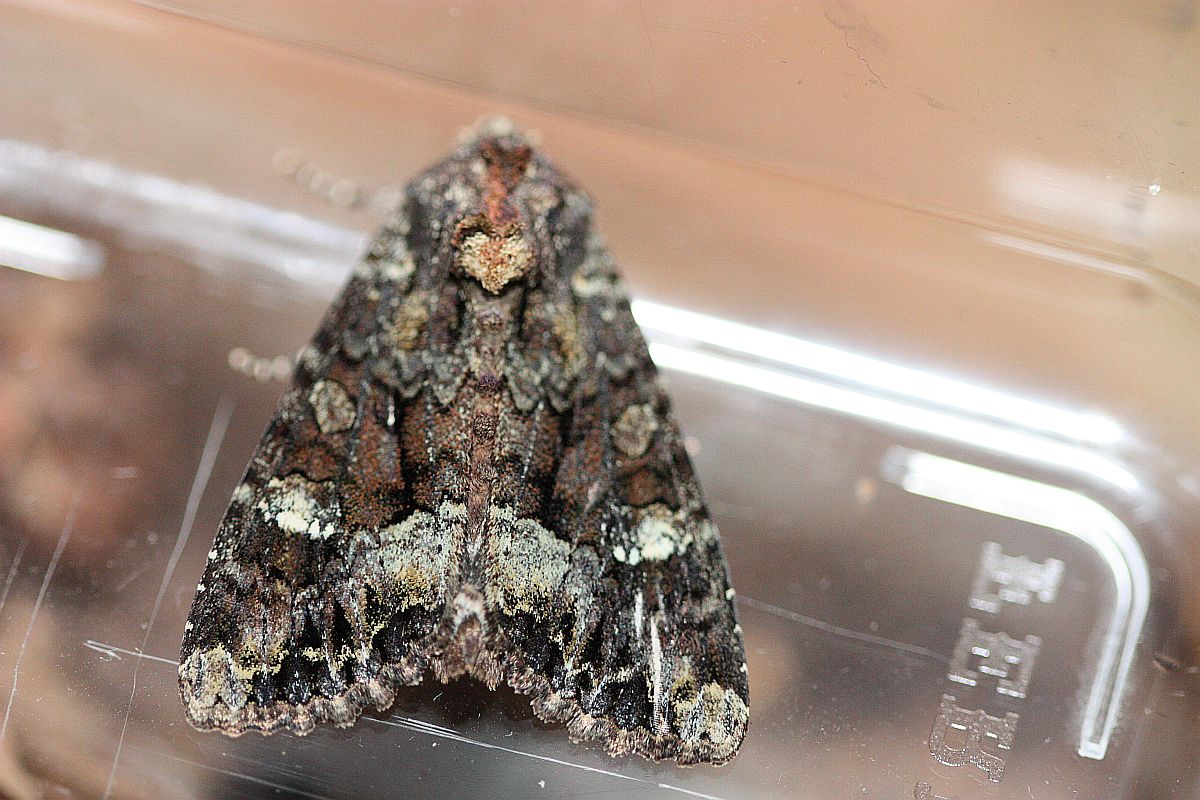
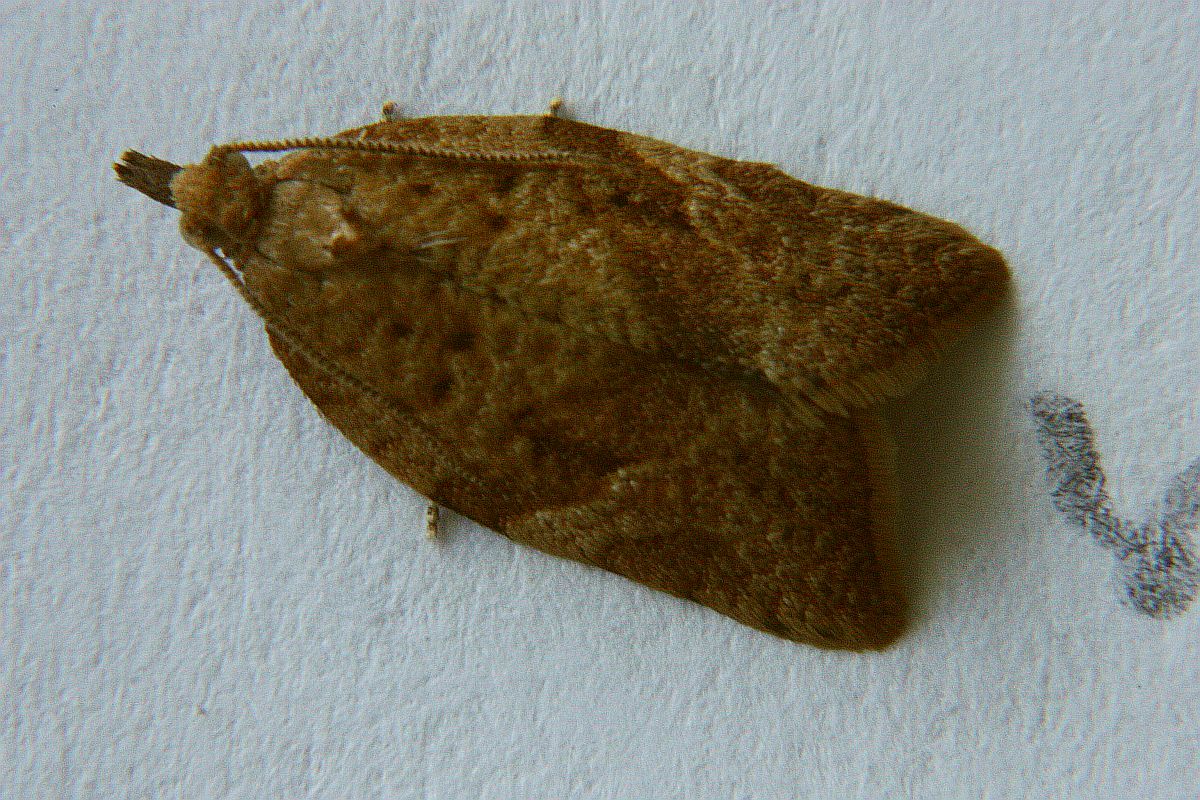
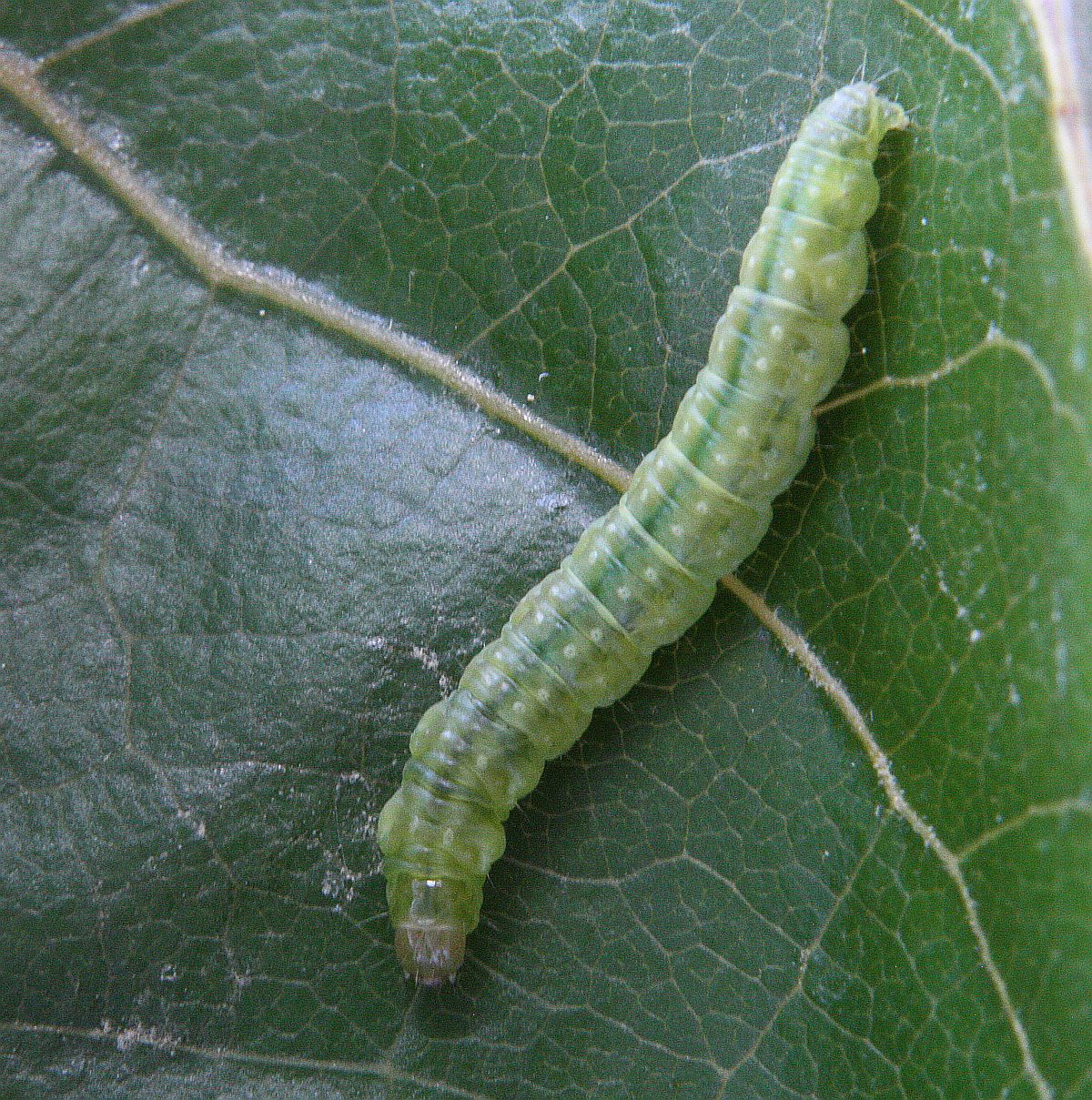
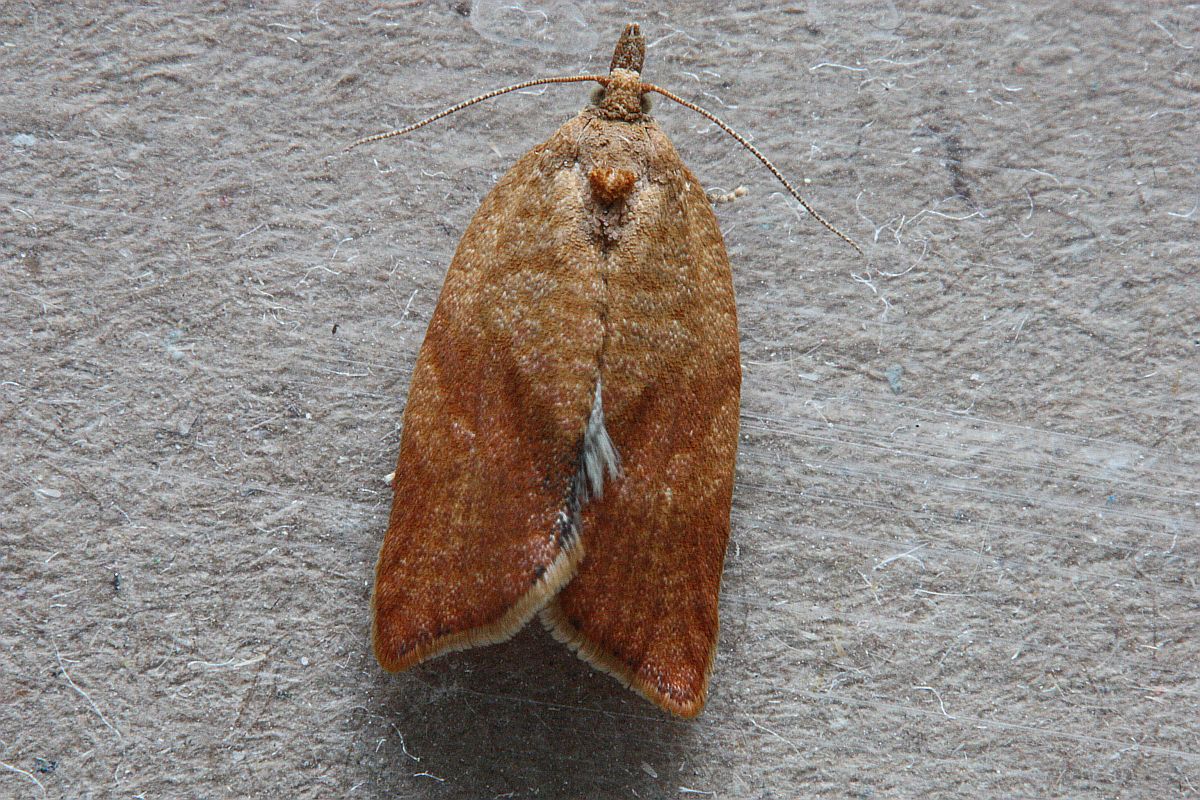
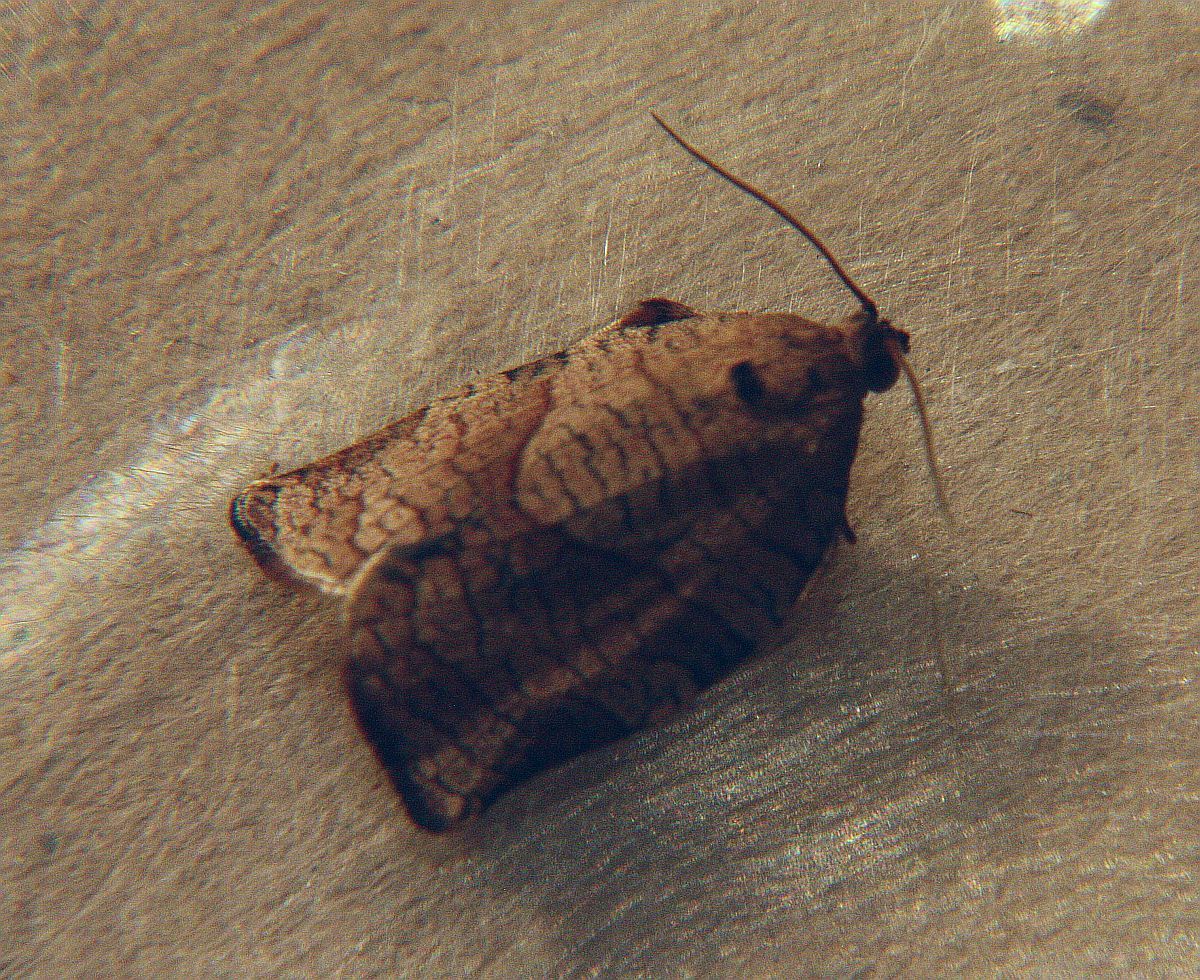
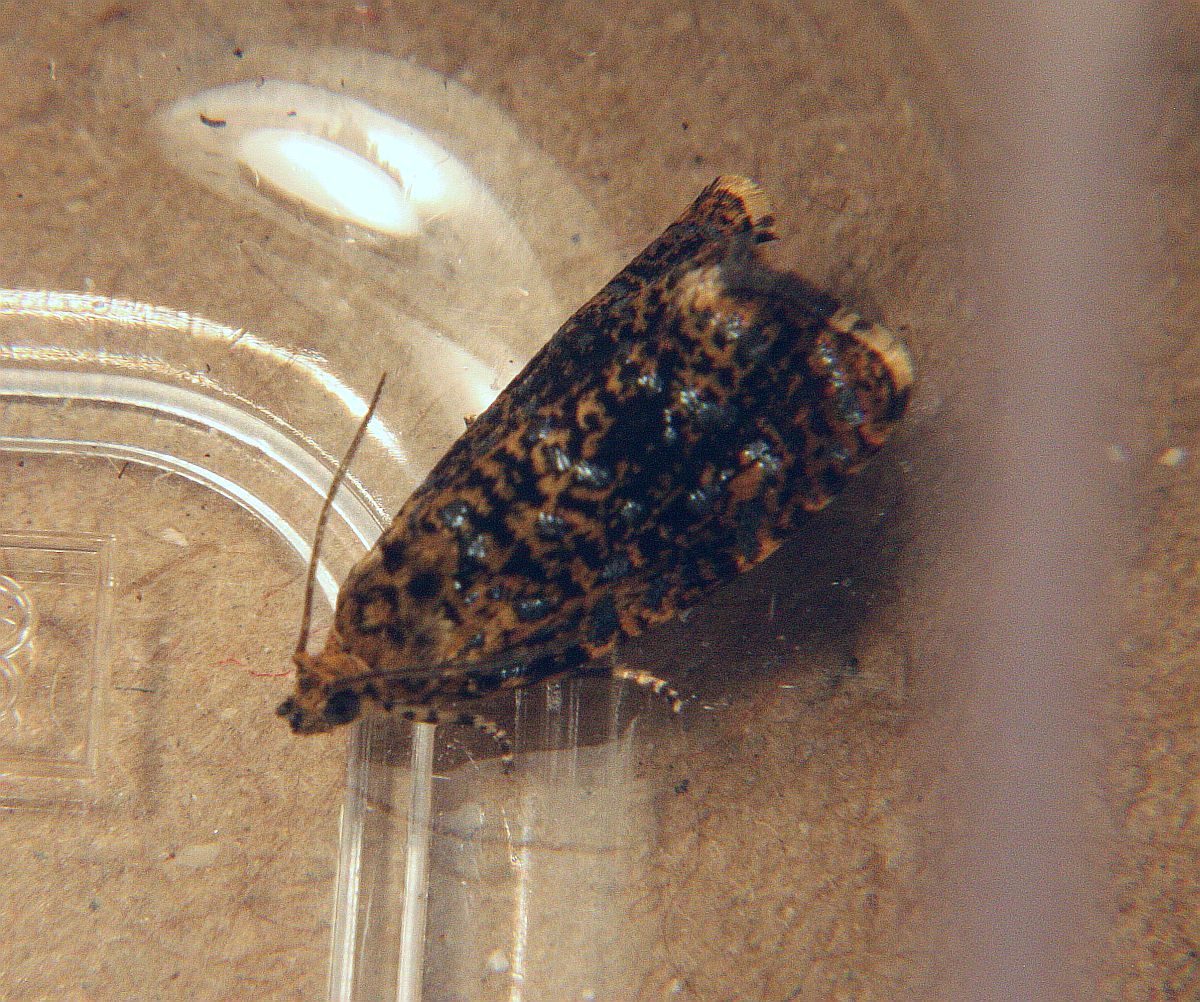
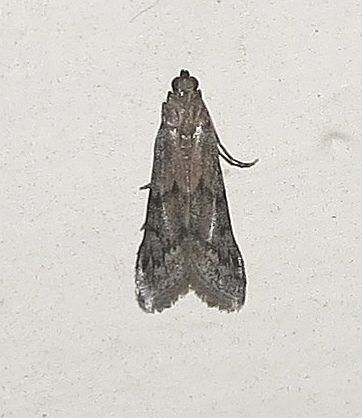





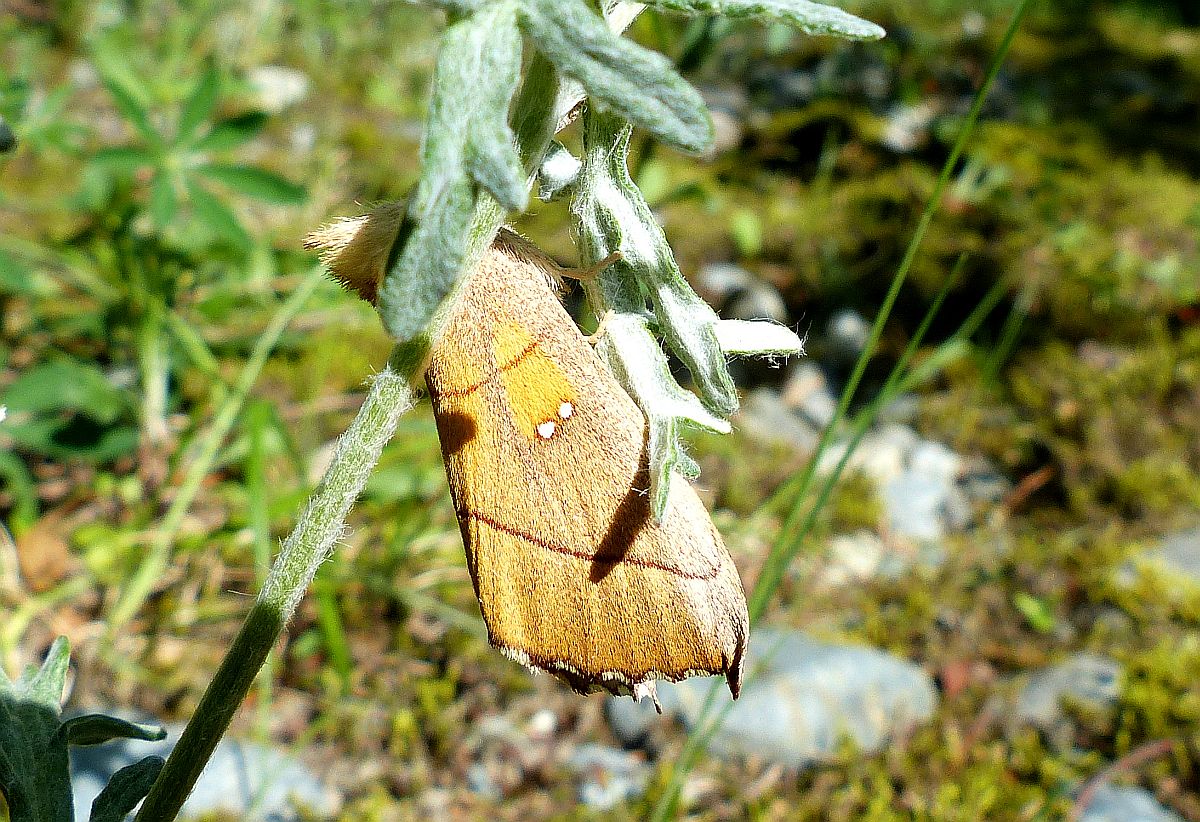
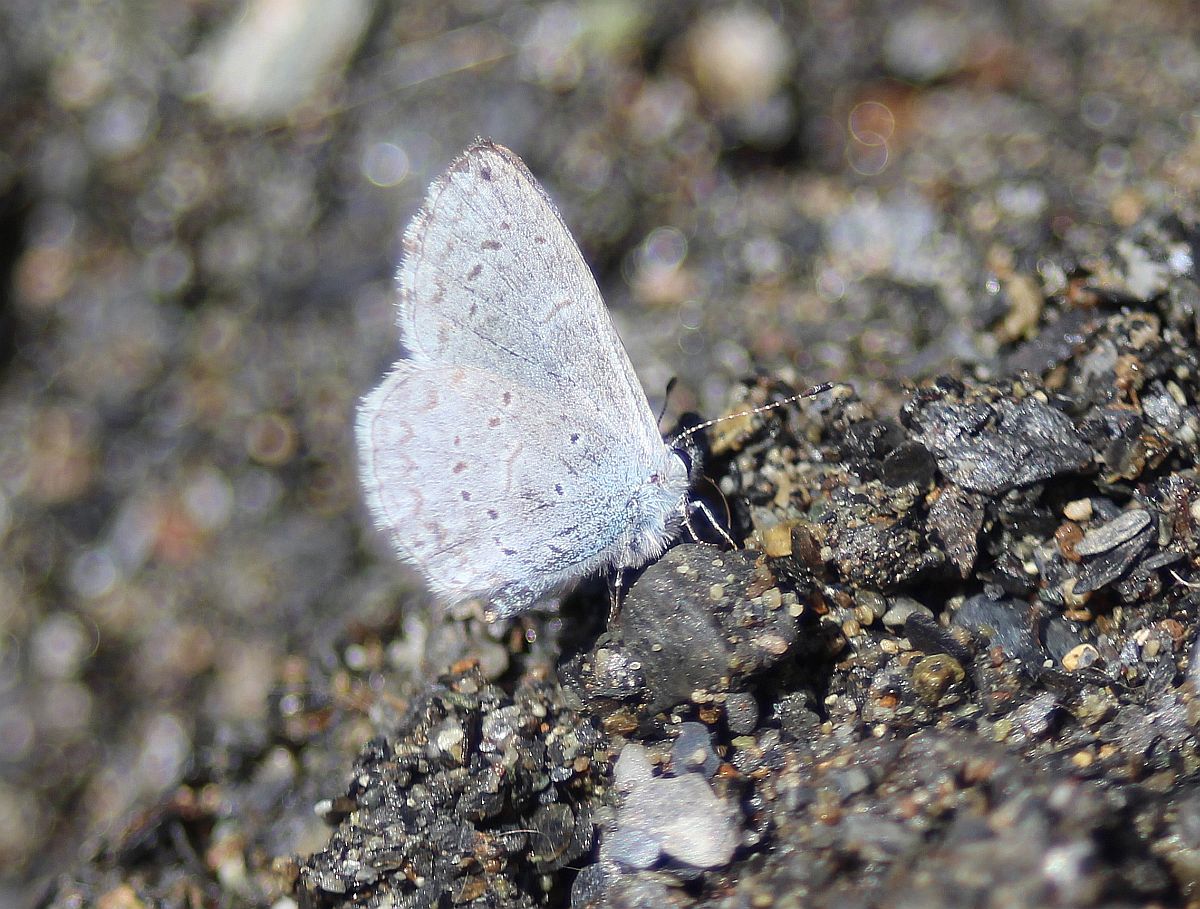
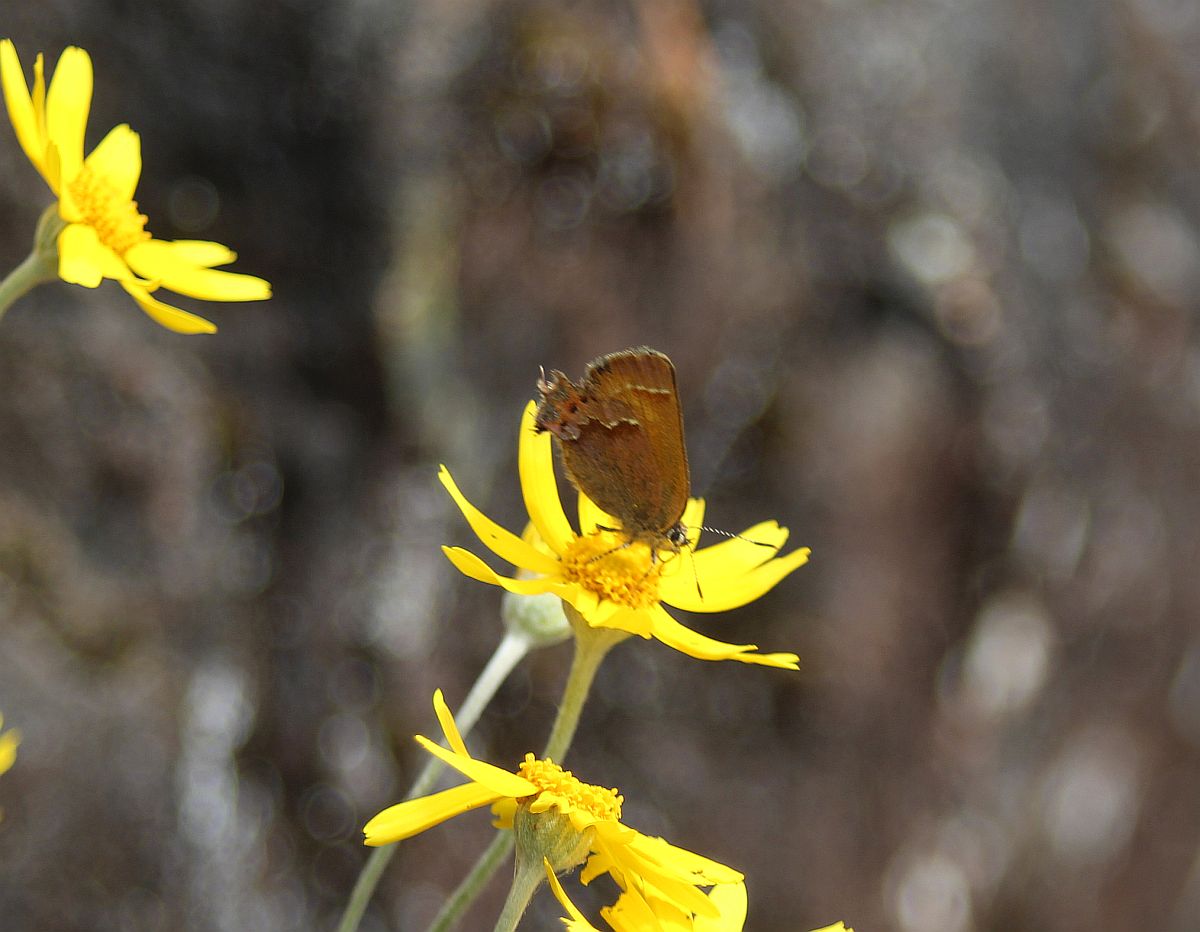
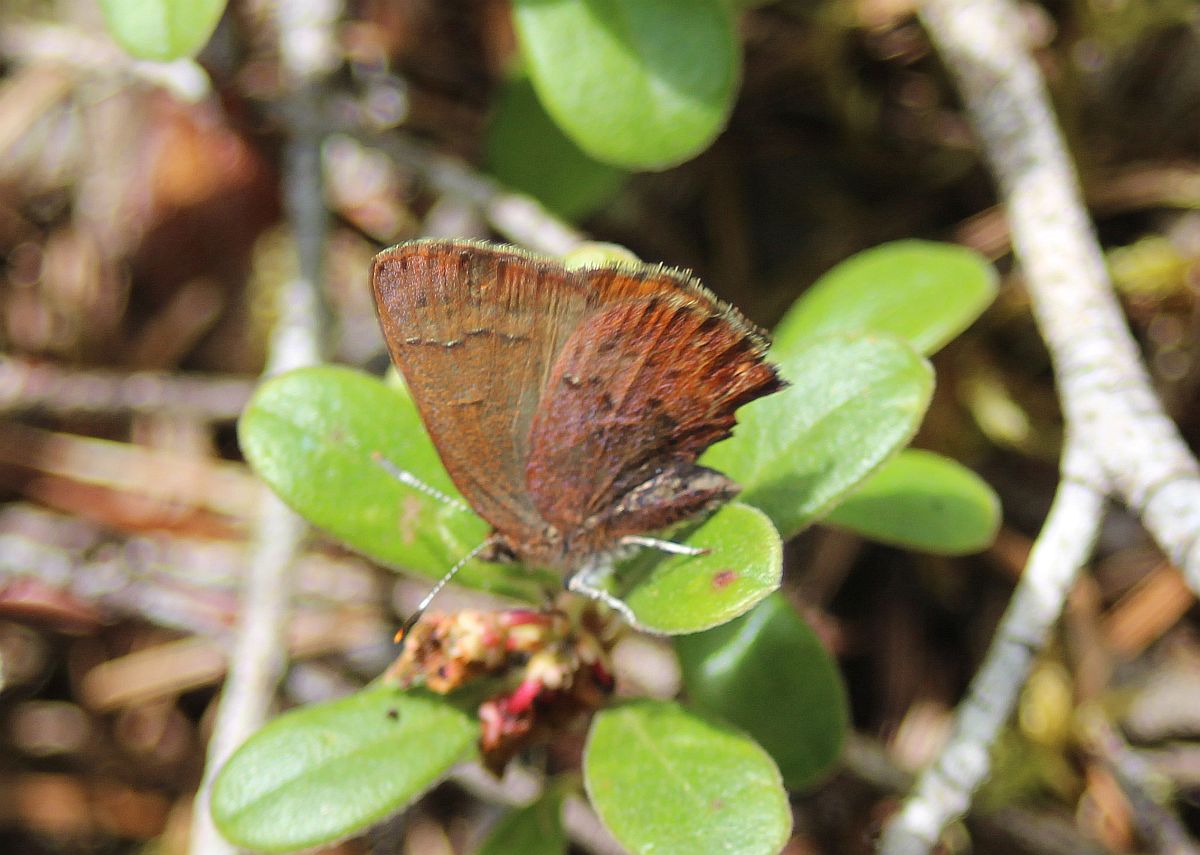
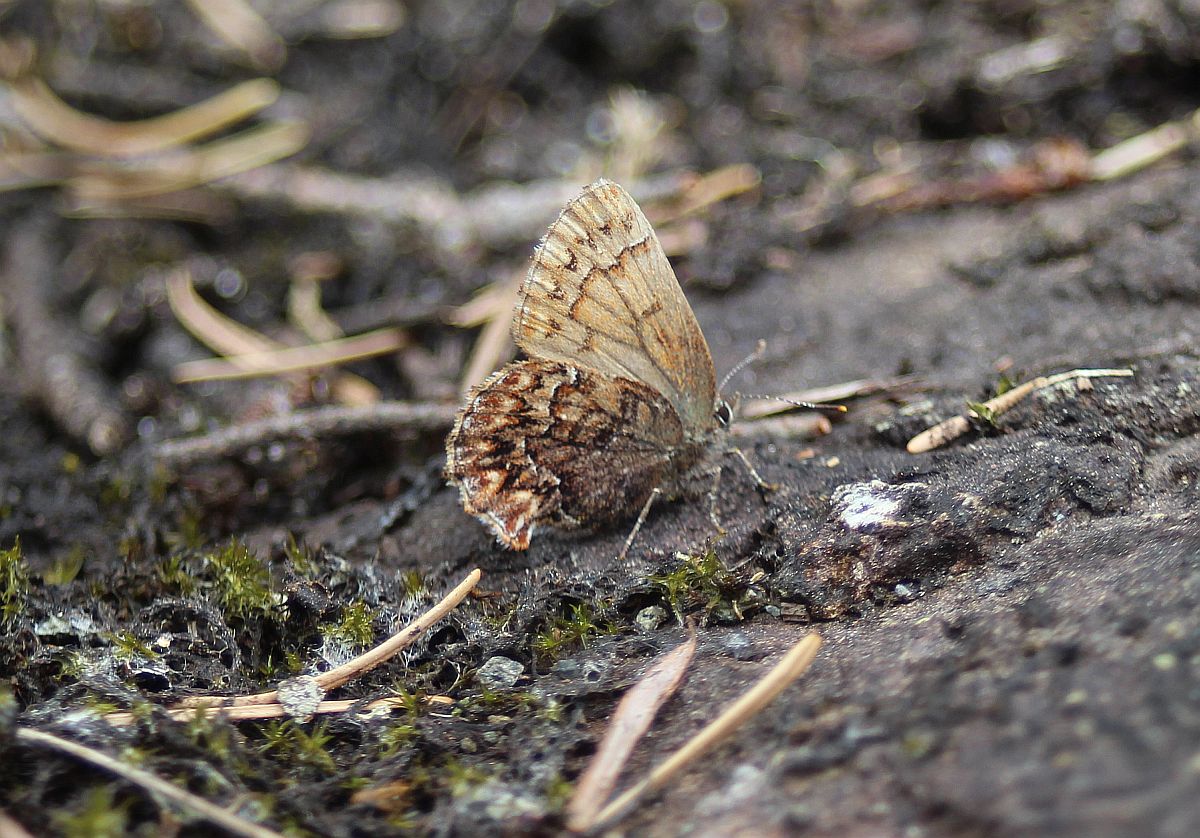
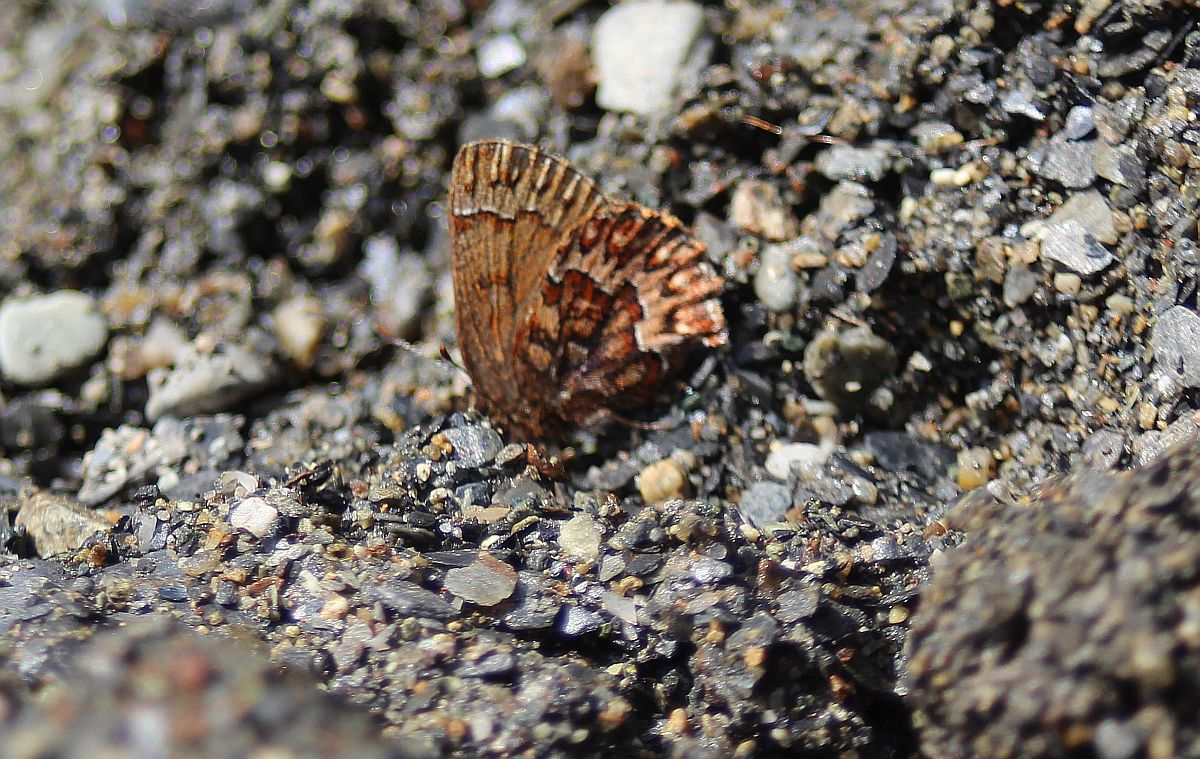
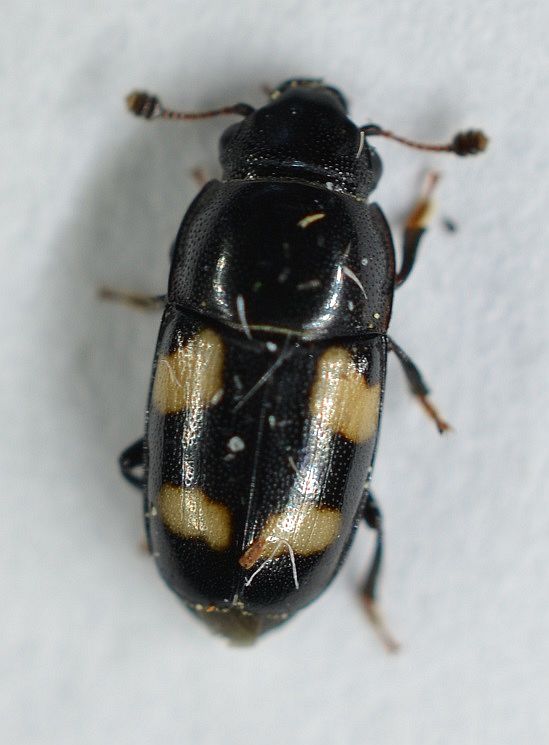
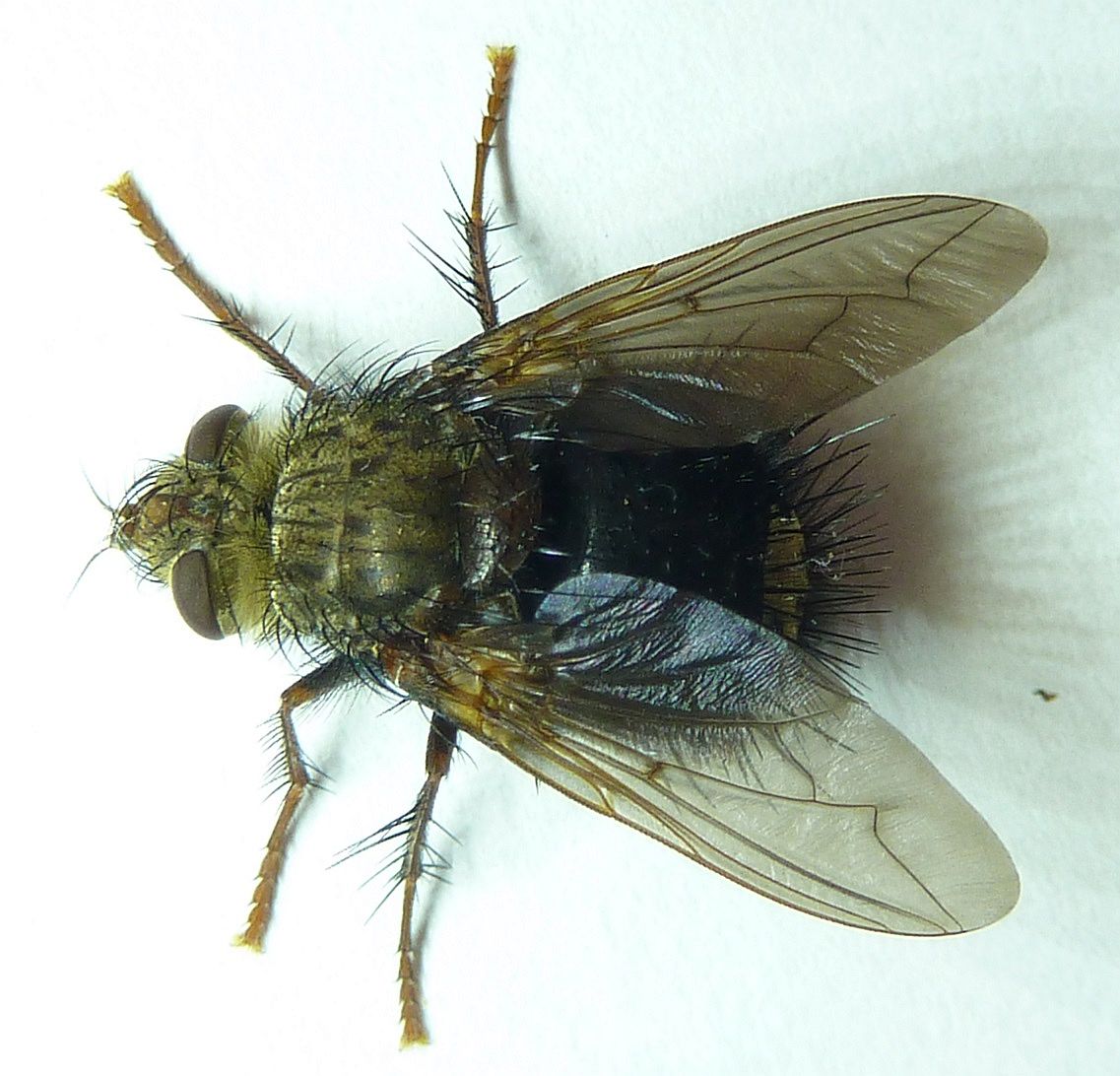
 Epalpus signifer (Dip.: Tachinidae) Scott Gilmore
Epalpus signifer (Dip.: Tachinidae) Scott Gilmore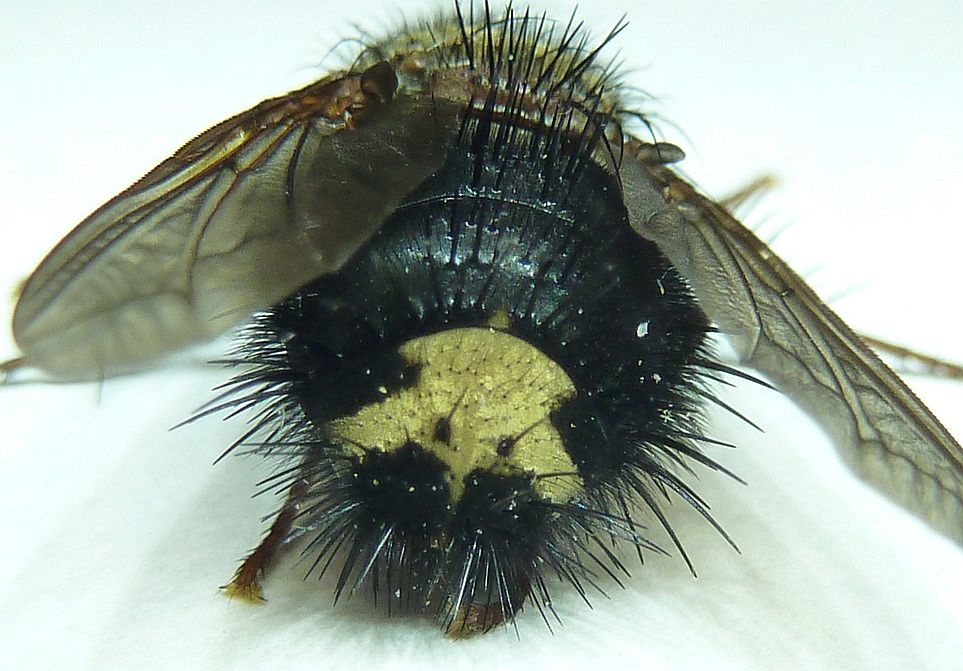
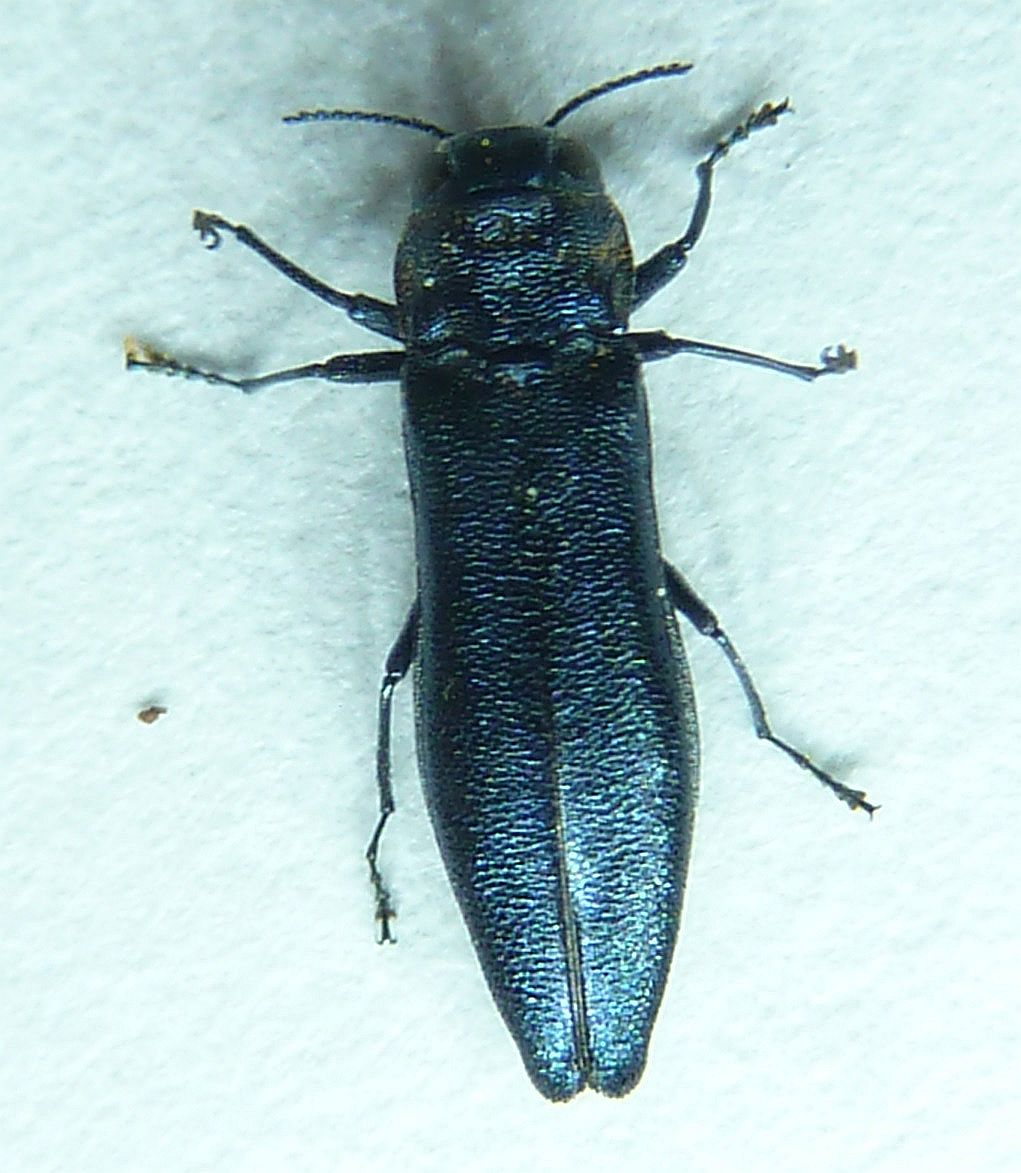
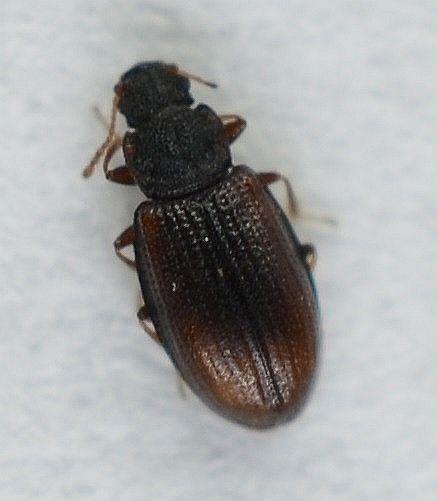

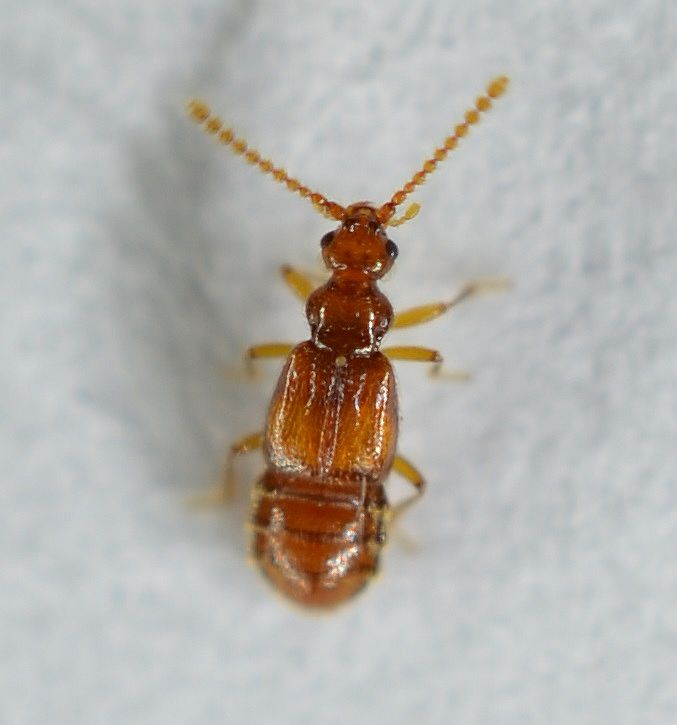
 Sonoma sp. (Col.: Staphylinidae) Scott Gilmore
Sonoma sp. (Col.: Staphylinidae) Scott Gilmore